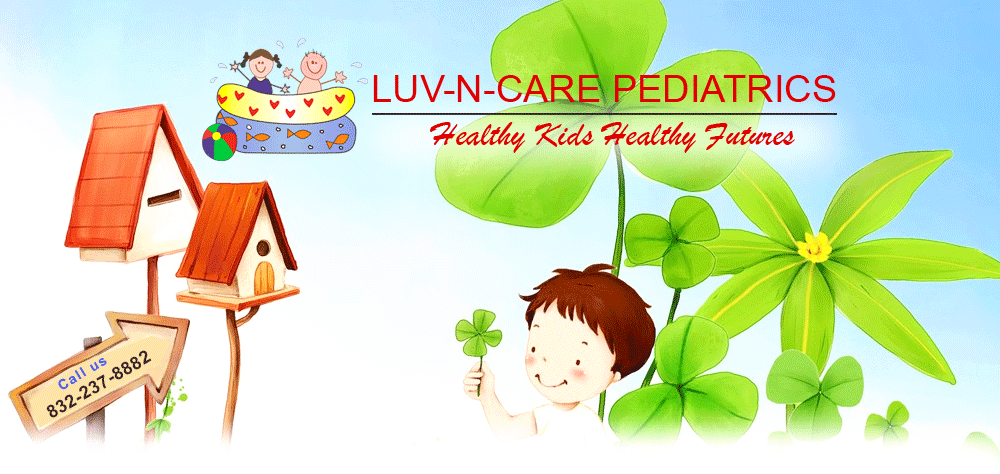Allergy: A misguided reaction to foreign substances by the immune system, the body system of defense against foreign invaders, particularly pathogens (the agents of infection). The allergic reaction is misguided in that these foreign substances are usually harmless. The substances that trigger allergy are called allergen. Examples include pollens, dust mite, molds, danders, and certain foods. People prone to allergies are said to be allergic or atopic.
Although allergies can develop at any age, the risk of developing allergies is genetic. It is related to ones family history of allergy. If neither parent is allergic, the chance for allergies is about 15%. If one parent is allergic, the risk increases to 30% and if both are allergic, the risk is greater than 60%.
Allergens cause the production of immunoglobulin E (IgE), an antibody that all of us have in small amounts. Allergic persons, however, produce IgE in abnormally quantities. Normally, this antibody is important in protecting us from parasites, but not from other allergens. During the sensitization period in allergy, IgE is overproduced. It coats certain potentially explosive cells that contain chemicals including histamine. These chemicals, in turn, cause inflammation and the typical allergic symptoms. This is how the immune system becomes misguided and primed to cause an allergic reaction when stimulated by an allergen.
The most common allergic conditions include hay fever (allergic rhinitis), asthma, allergic eyes (allergic conjunctivitis), allergic eczema, hives (urticaria), and allergic shock (also called anaphylaxis and anaphylactic shock).
For a thumbnail sketch of each of these conditions:
Hay fever (allergic rhinitis) is the most common of the allergic diseases and refers to seasonal nasal symptoms that are due to pollens. Year round or perennial allergic rhinitis is usually due to indoor allergens, such as dust mites or molds. Symptoms result from the inflammation of the tissues that line the inside of the nose (mucus lining or membranes) after allergens are inhaled. Adjacent areas, such as the ears, sinuses, and throat can also be involved. The most common symptoms include:
- Runny nose
- Stuffy nose
- Sneezing
- Nasal itching (rubbing)
- Itchy ears and throat
- Post nasal drip (throat clearing)
Asthma is a breathing problem that results from the inflammation and spasm of the lung's air passages (bronchial tubes). The inflammation causes a narrowing of the air passages, which limits the flow of air into and out of the lungs. Asthma is most often, but not always, related to allergies. Common symptoms include:
- Shortness of breath
- Wheezing
- Coughing
- Chest tightness
Allergic eyes (allergic conjunctivitis) is inflammation of the tissue layers (membranes) that cover the surface of the eyeball and the undersurface of the eyelid. The inflammation occurs a result of an allergic reaction and features:
- Redness under the lids and of the eye overall
- Watery, itchy eyes
- Swelling of the membranes
Allergic eczema is an allergic rash that is usually not caused by skin contact with an allergen and features the following symptoms:
- Itching, redness, and or dryness of the skin
- Rash on the face, especially children
- Rash around the eyes, in the elbow creases, and behind the knees, especially in adults
Hives (urticaria) are skin reactions that appear as itchy swellings and can occur on any part of the body. Hives can be caused by an allergic reaction, such as to a food or medication, but they also may occur in non-allergic people. Typical hive symptoms are:
- Raised red welts
- Intense itching
Allergic shock (anaphylaxis or anaphylactic shock) is a life-threatening reaction that can affect a number of organs at the same time. It typically occurs when the allergen is eaten (for example, foods) or injected (for example, a bee sting). Allergic shock is caused by dilated and "leaky" blood vessels, which result in a drop in blood pressure. Some or all of the following symptoms may occur:
- Hives or reddish discoloration of the skin
- Nasal congestion
- Swelling of the throat
- Stomach pain, nausea, vomiting
- Shortness of breath, wheezing
- Low blood pressure or shock









